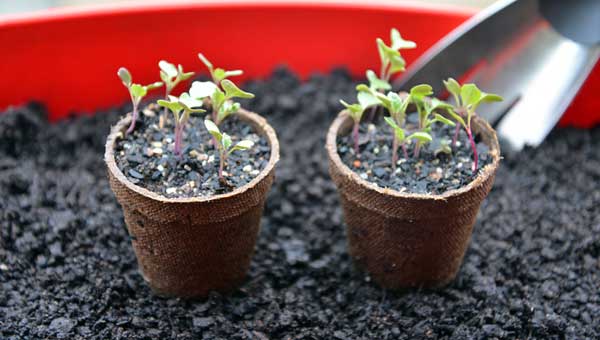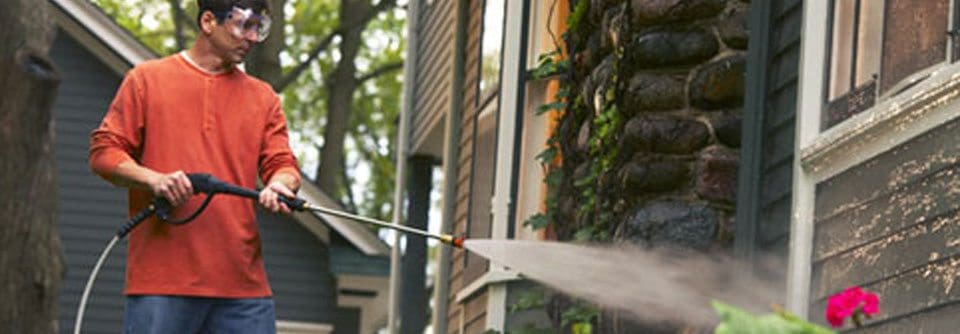If you’re one of those people with a productive green thumb, you have my endless admiration. And if the cool fall temperatures already have you longing for sunny days spent in the dirt, well, you’re in luck!
You can garden in the fall, and in fact, some horticulture experts recommend fall gardening over spring.
“Many cool-season vegetables produce their best flavor and quality when they mature during cool weather,” according to a report from North Carolina State University’s Department of Horticulture Science.
In some parts of the country, including North Carolina, spring temperatures “often heat up quickly. Vegetables, such as lettuce and spinach, tend to bolt or develop bitter flavor when they mature during hot summer weather.”
In September, you’ll want to plant vegetables that mature quickly, like turnips and leafy greens. You may also want to check with your local nursery for advice on other plants and vegetables that will thrive during your area’s fall weather.

If you do decide to plant in the fall, consider planting your seeds deeper in the earth than you would in the spring or summer. Because the surface temperature is higher and the moisture level lower, this will ensure the seeds receive the adequate moisture and temperatures they need to thrive.
And be sure you keep an eye on your area’s forecast. It’s impossible to predict the weather, but you’ll want to be on alert for freezing temperatures. If you do run into an early freeze, do your best to cover and protect your plants.
Here are some more tips for gardening in the fall.
Preparing the Site
Before preparing the soil for a fall garden, you must decide what to do with the remains of the spring garden. In most cases, the decision is not difficult because the cool-season crops have already matured and the warm-season vegetables are beginning to look ragged. Remove the previous crop residue and any weed growth. Prepare the soil by tilling or spading to a depth of at least 6 to 8 inches.
If the spring crops were heavily fertilized, you may not need to make an initial pre-plant fertilization. Otherwise, 1 to 2 lb of a complete fertilizer such as 10-10-10 may be applied per 100 ft2 of bed space. Thoroughly incorporate the fertilizer.
Planting the Fall Garden
Direct seeding (planting seeds rather than using transplants) for crops such as broccoli, cabbage, and collards is often used in the fall. However, the success of this planting method depends on having adequate moisture available to keep the young seedlings actively growing after germination. If you do not have an irrigation source available, you would be wise to buy vegetable transplants from a local garden center.
Seeds should be planted deeper in the fall because the moisture level is lower in the soil and the surface temperature is higher. In many cases, the planting depth may be 1 1/2 to 2 times as deep as for spring planting of the same crop.
Our summers can be hot and dry. Soils may form a hard crust over the seeds which can interfere with seed germination, particularly in heavy clay soil. Seeds of lettuce and spinach will not germinate if the soil temperature exceed 85 oF. You may need to cover the seeded area with burlap cloth, newspapers, or boards to keep the soil cool and moist. Shading the soil or using a light mulch over the seed row will help keep the temperatures more favorable for germination. The shading material must be removed as soon as the seeds begin to germinate. Another useful technique is to open a furrow, seed, and cover the seeds with potting soil or vermuclite. Young transplants may also benefit from light shading for the first few days after transplanting.
Watering/Fertilizing
Most vegetables require 1 inch of water per week. It’s best to make a single watering that penetrates deeply rather than frequent shallow applications. Young seedlings and germinating seeds may need more frequent, light waterings. Do not allow seedlings to dry out excessively. New transplants may also benefit from frequent light waterings until they develop new roots.
Many fall maturing vegetables benefit from sidedressing with nitrogen just as do spring maturing vegetables. Most leafy vegetables will benefit from an application of nitrogen three and six weeks after planting.
Insects and Diseases
It is not uncommon for insects and diseases to be more abundant in the fall. Most problems from insects and diseases result from a buildup in their populations during the spring and summer. There is hope of keeping these pests at tolerable levels, however, if a few strategies are followed. Strive to keep fall vegetables healthy and actively growing; healthy plants are less susceptible to insects and diseases. Check the plants frequently for insect and disease damage. When sufficient damage is detected, use an approved pesticide. You may decide not to grow vegetables, such as squash, corn, and cucumbers, that are specially insect and disease prone during late summer and fall.
Frost Protection
You can extend the season of tender vegetables by protecting them through the first early frost. In North Carolina, we often enjoy several weeks of good growing conditions after the first frost. Cover growing beds or rows with burlap or a floating row cover supported by stakes or wire to keep the material from directly touching the plants. Individual plants can be protected by using milk jugs, paper caps, or water-holding walls.
Most of the semi-hardy and hardy vegetables will require little or no frost protection. Semi-hardy vegetables should be harvested before a heavy freeze. Root crops such as carrots and radishes should be harvested or mulched heavily before a hard freeze. The harvest of mulched root crops can often be extended will into the winter. During mild winters, harvest may continue till spring.
Do you do any planting or gardening in the fall? If so, we’d love to hear any additional tips for a successful experience!


No Comments